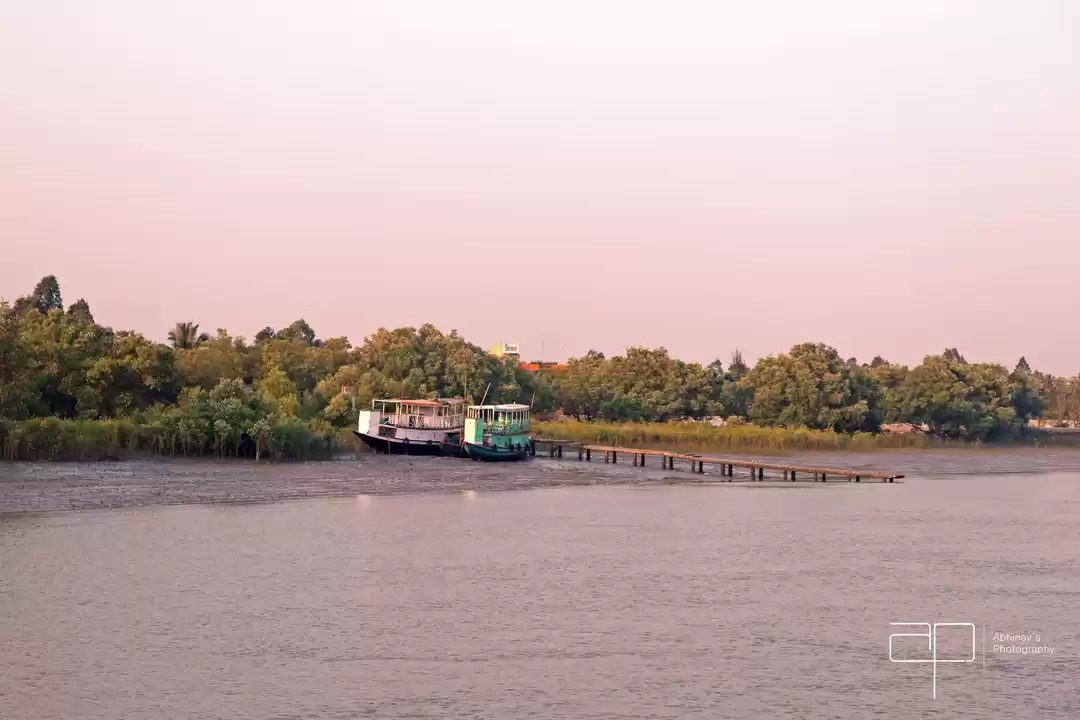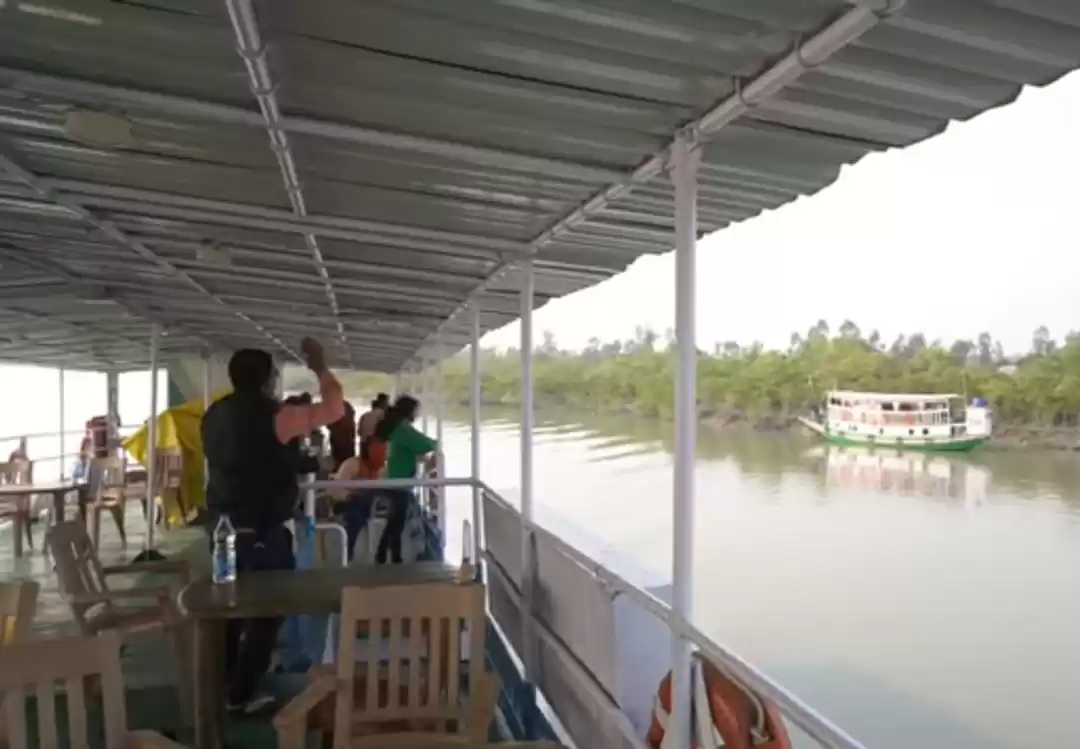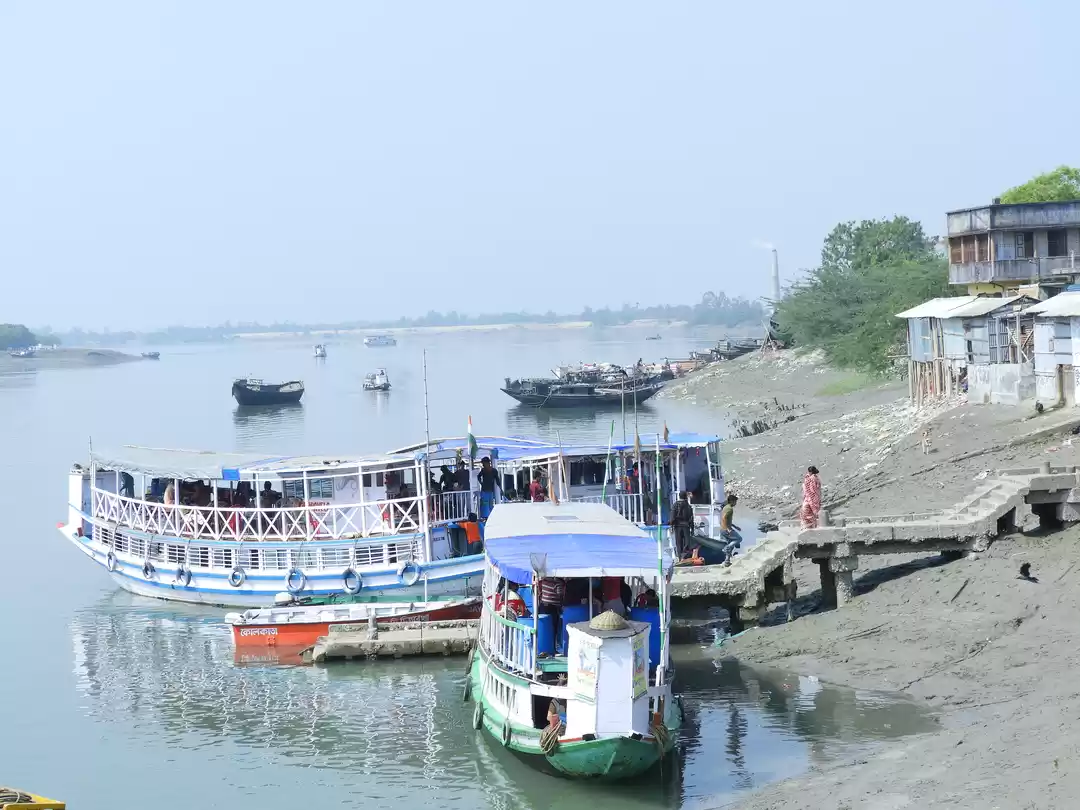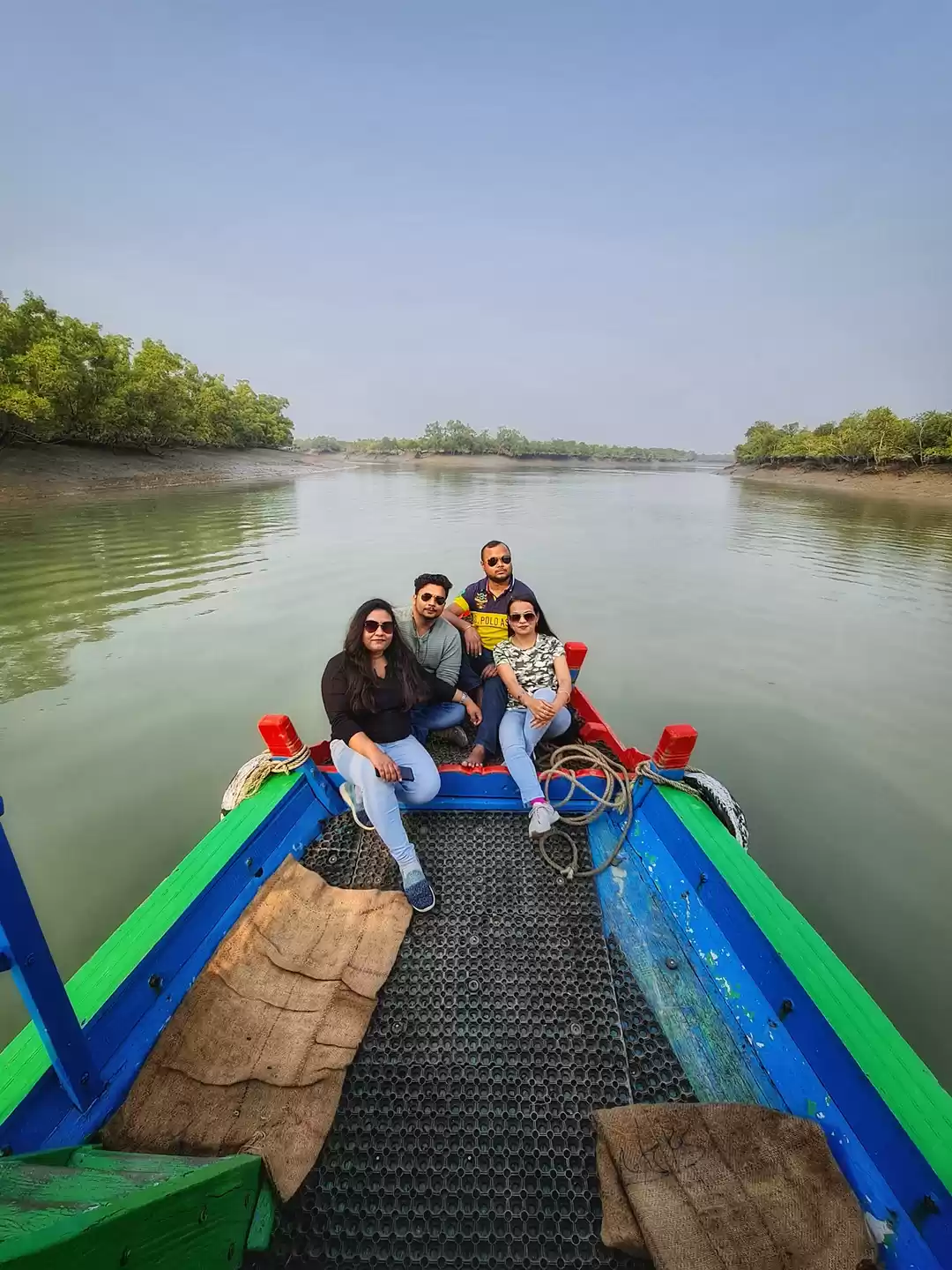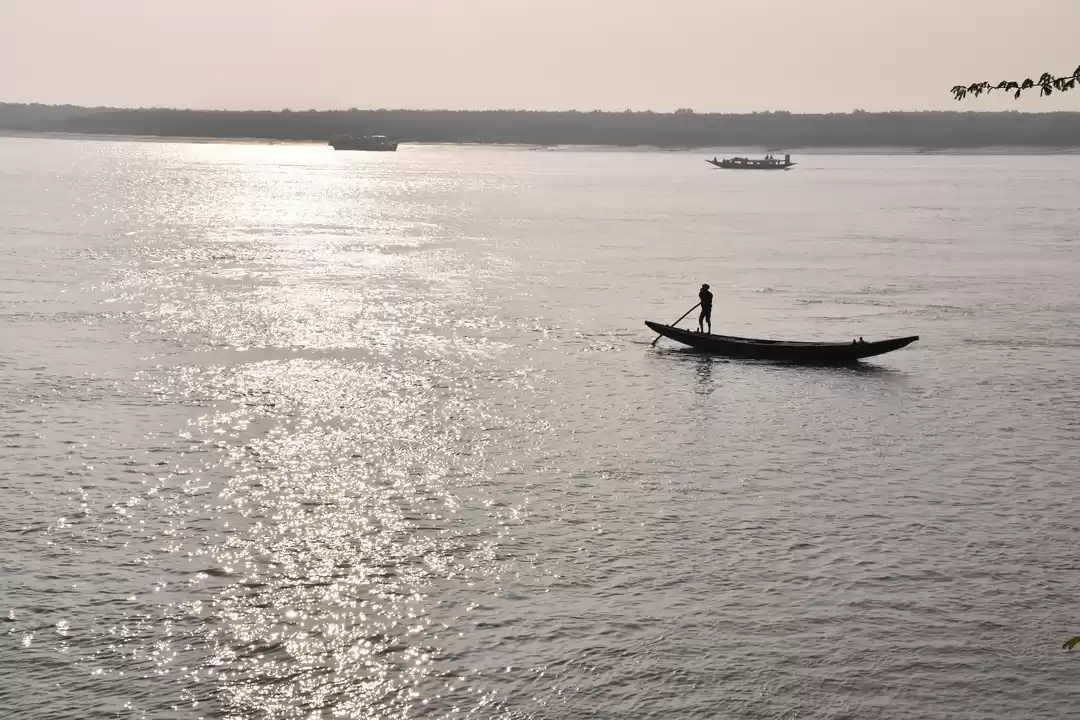Know about
Sunderbans is the biggest mangrove forest and an UNESCO World Heritage Site. Sunderbans is a massive delta region formed by rivers Ganges, Brahmaputra and Meghna spanning across India and Bangaladesh. From India, one can reach Sunderbans from Kolkata. The islands are intercepted by tidal waves from Bay of Bengal as well as fresh water flowing from the rivers. The islands vary from human habituated, agriculture lands, mudflats to dense mangroves ! Very interesting landscape, may be one its kind!
The whole of Sunderbans is viewed as animal-habituated islands (48) and human-habituated islands (54). Wherever there are human-habituated islands facing animal-habituated islands are presented, there is nylon net laid, which acts as a mental barrier for tigers to reach the other side to hunt humans or cattles. Tigers are very good swimmers and known for frequent attacks on human-habituated islands in Sunderbans.


The Trip
We had booked the day-trip with Sunderban Chalo group. The scheduled pickup time was 5 AM and were picked up at 5:30, after some niggle in car in Kolkata. The road trip is for 3 hours - to Godkhali - close to 90 kms from Kolkata. 1/3rd of the roads are good, 1/3rd - bad roads and 1/3rd no roads!! So, be prepared for it. The trip was a package and this included AC individual Car, Guide (English speaking), Boat Cruise, Food (Breakfast, Lunch, Tea on boat & on the way), Mineral Water, Permit, Camera & video camera permission. The trip includes visit to the watch towers - Sajnaekhali and Sudhankhali.
Sharp 8:30 we boarded the waiting boat - an 8-hour trip in Sunderbans, just for us. We boarded, the boat started and we were served with tasty puris and yummy potato subji. Good breakfast and we were ready to see Sunderbans!
All through the cruise, we did see spotted dear, wild dog, bunch of wild boars, water birds like crane, kingfishers, water lizards, etc. First stop was at the Sajnaekhali watch tower. The guide joined us in this location.



Sajnaekhali
The Sajnaekhali sanctuary has some species of turtles and a watch tower. We could not see anything special from the watch tower apart from a view of the Sunderbans mangrove forest. We also spotted a wild monitor lizard moving around. Sajnaekhali hosts a information centre, which provides lots of useful information about Sunderbans and the fauna-flora of the great mangrove region.
We then boarded back and found travelling ourselves between animal habituated islands and interest grew more to sight something interesting. We had our lunch in the boat around 1 PM - rice, dhall and potatoes. Quite tasty food! We continued spotting kingfishers and water birds and reached Sudhankhali by 4 PM. The trip was untiring and not so boring as we kept looking for something to see.








Sudhankhali
Sudhankhali is the last spot of the trip and we were instructed to spent much time in the watch tower by our guide as we can spot something. This place has a man-made lake. We sighted a rare species - white kingfisher, we saw it go into the water and come out flying with prey in its mouth!! After around 20 minutes, there were a bunch of wild boars that ran towards the water and it was a great moment for us, as we were about to leave. The guide told us that the boars are in a hurry to drink water and run away as there might be a tiger around. He also said, we might not be able to see the man-eater, however, it might see us and not prefer to come out of the hideout! We saw some yellow and red crabs as well.








We then started back at 4 PM and reached Godkhali at 5 PM - for the tiring road trip back to room! Overall, a must visit for each one to visit this place to see how wonderful the place is. Citing a tiger may be interesting, but, do not intent to trip to see a tiger. Sunderbans - enjoy a great ride in water around the islands and the mangroves. Tiger seeing is a boon or a bonus, how you prefer.
Our share of viewing animals, the expectations were to view beings like crocodiles, water monitor, spotted deer, different kind of birds. If we are lucky, we might even be watching a Royal Bengal Tiger in the natural habitat. Our expectations were limited not to see a Tiger, as we understood it is indeed a very rare sight to see tiger on the banks in daylight. That too in summer, very very rare.




